How we can use mudras to affect our energy, psychology and spirituality
5The word “mudra” is most often used to describe a particular hand gesture, but there are also face mudras and whole-body mudras. According to the yoga tradition, mudras have multiple layers of meaning, including neurological, energetic, psychological and symbolic. Last week we discussed the neurological layer; today let’s take a look at the other layers.
Energetic layer
Mudras are often used as a way to direct energy throughout the body. According to the yoga tradition, our vital energy (prana) that is produced and carried throughout the body, escapes the body through the fingers and then dissipates into the external world. By folding our fingers into certain shapes, we create energetic circuits that redirect the energy back into the body and facilitate the states of interoception (awareness of inner sensations), introspection and concentration. Specific hand gestures are also meant to balance out more subtle aspects of our energetic anatomy, including nadis (energy channels), vayus (energy currents) and chakras (energetic centers) to facilitate health and healing of different layers of our physiological systems.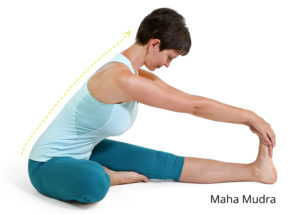
Whole-body mudras, like Maha Mudra for example, are meant to direct the energy flow along the primary energetic channel of the body – the spine. When we fold the body into this mudra, we work on bringing the spine into maximum vertical alignment to ensure unimpeded energy flow; then we use breath and awareness to move the energy along the spine.
Psychological Layer
Mudras are meant to evoke certain mental states. Similar to affirmations, mudras bring our attention to certain qualities and states that we wish to cultivate within ourselves. As part of survival strategy, our brains had developed a “negativity bias,” which means that we are much more likely to believe negative things about ourselves and our reality. It takes conscious effort to bring our attention to what’s good in our lives and reaffirm what we really want, rather than continuously focus on the things we are afraid of. We can manifest positive qualities like receptivity, self-empowerment, centering, and so on, by attempting to embody them and then “sealing” them with a corresponding hand gesture. This way we can retrain our brains and release our limiting beliefs.
Symbolic Layer
In different traditions, five fingers of each hand are symbolically associated with specific elements, chakras, meridians and planets; parts of the hands are linked to various acupressure points and reflex zones. Applying light pressure to specific spots on the hand and folding our fingers a certain way is meant to help us regulate the qualities of a particular element, chakra, and so on.
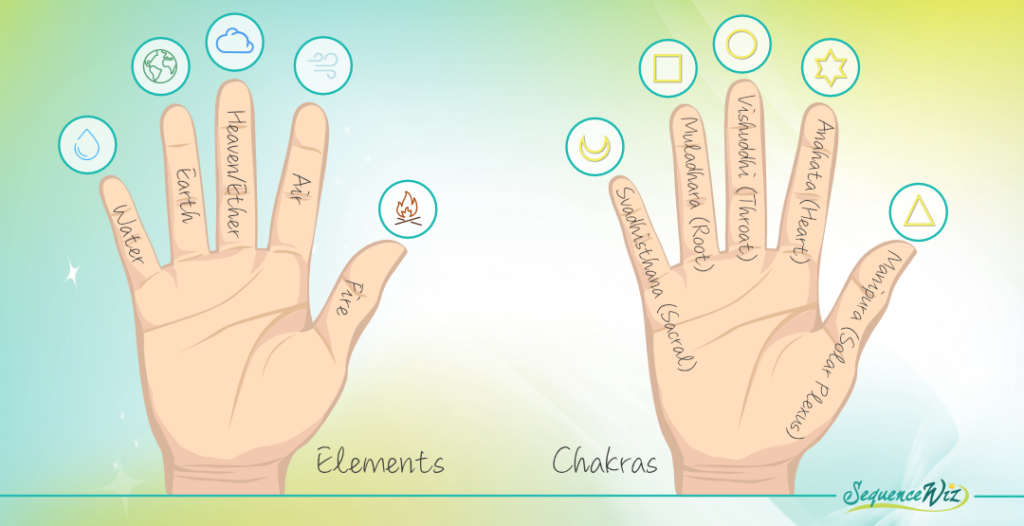
In yoga, mudras are widely used as part of a spiritual practice to awaken particular spiritual states and qualities. One mudra or a combination of mudras can be used as part of a ritual to help us enter meditative state and connect to something greater than ourselves. I received the sequence of mudras below from Baba Hari Das at Mount Madonna Center in California about twenty years ago. I still come back to it now and again to help me enter the meditative state because it produces an undeniable energetic and mental shift. Try it for yourself and see how it feels!
Next time we will discuss how we can integrate mudras into our yoga practice – tune in!
[jetpack_subscription_form]

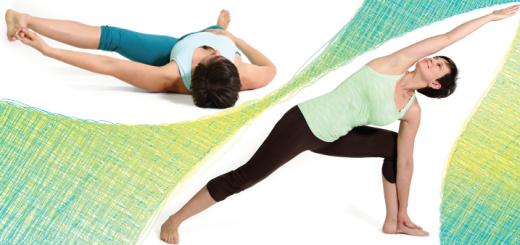

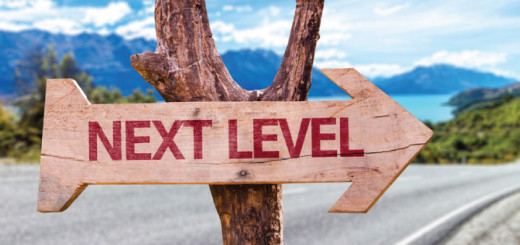
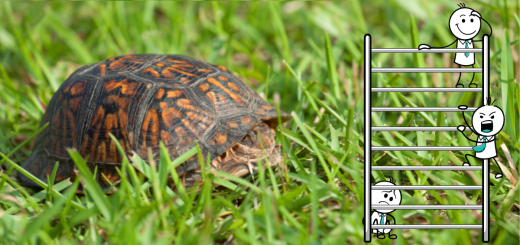















Namasthe! From a meditator’s perspective I wish to inform you that A number of websites I have come across but you are the best.
I have been interested in mudras and their effectiveness for a couple of years and would like a training. Can you suggest on?
Namasthe! I can guide you and counsel online on this subject. I am a qualified person to teach mudras and meditation.
Thank you Olga, this series is fascinating and helps me understand and explain the purpose and benefits of mudras to my students. With gratitude for you and your important work in the world.
A beautiful practice. I have replayed several times in hope I can learn it.